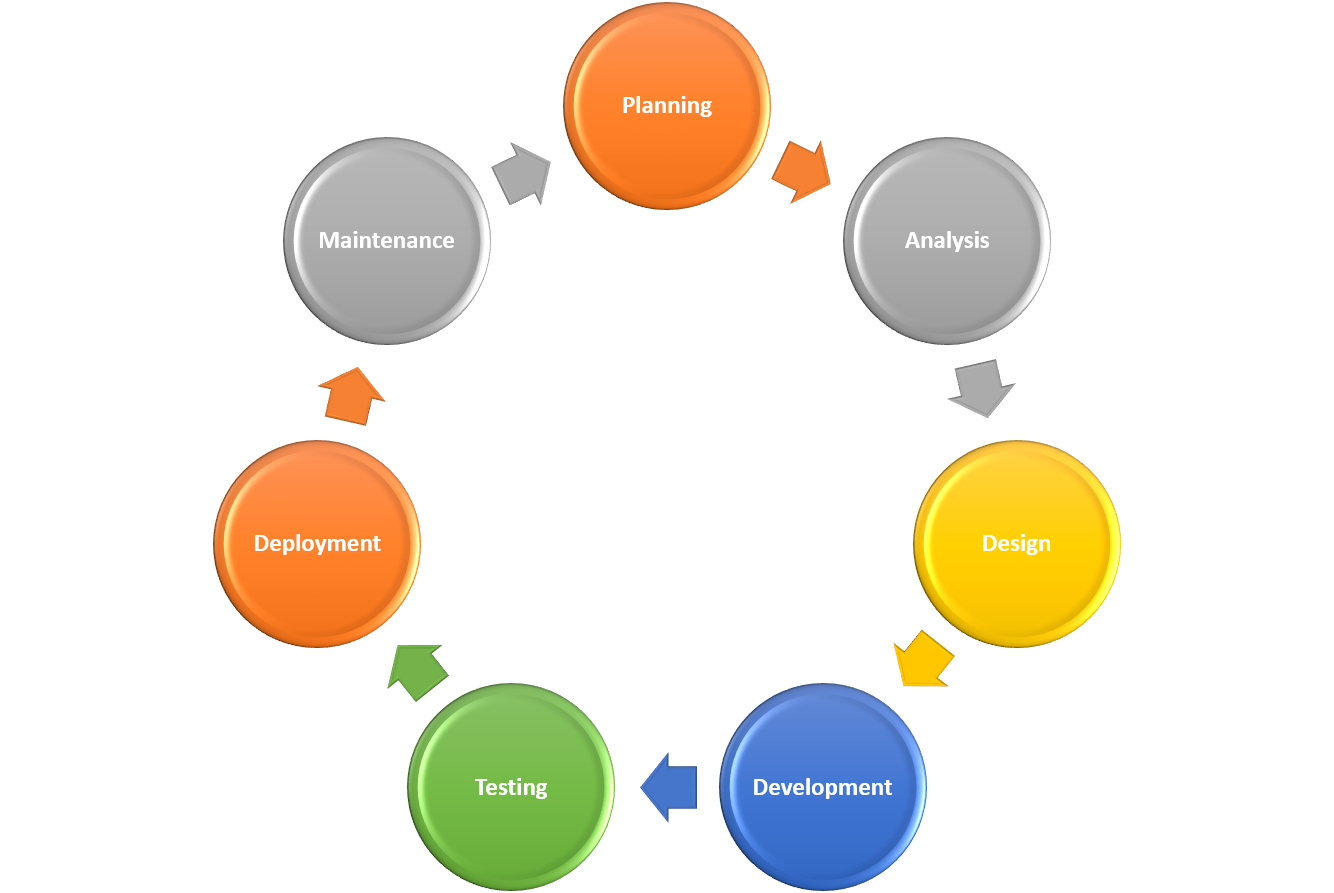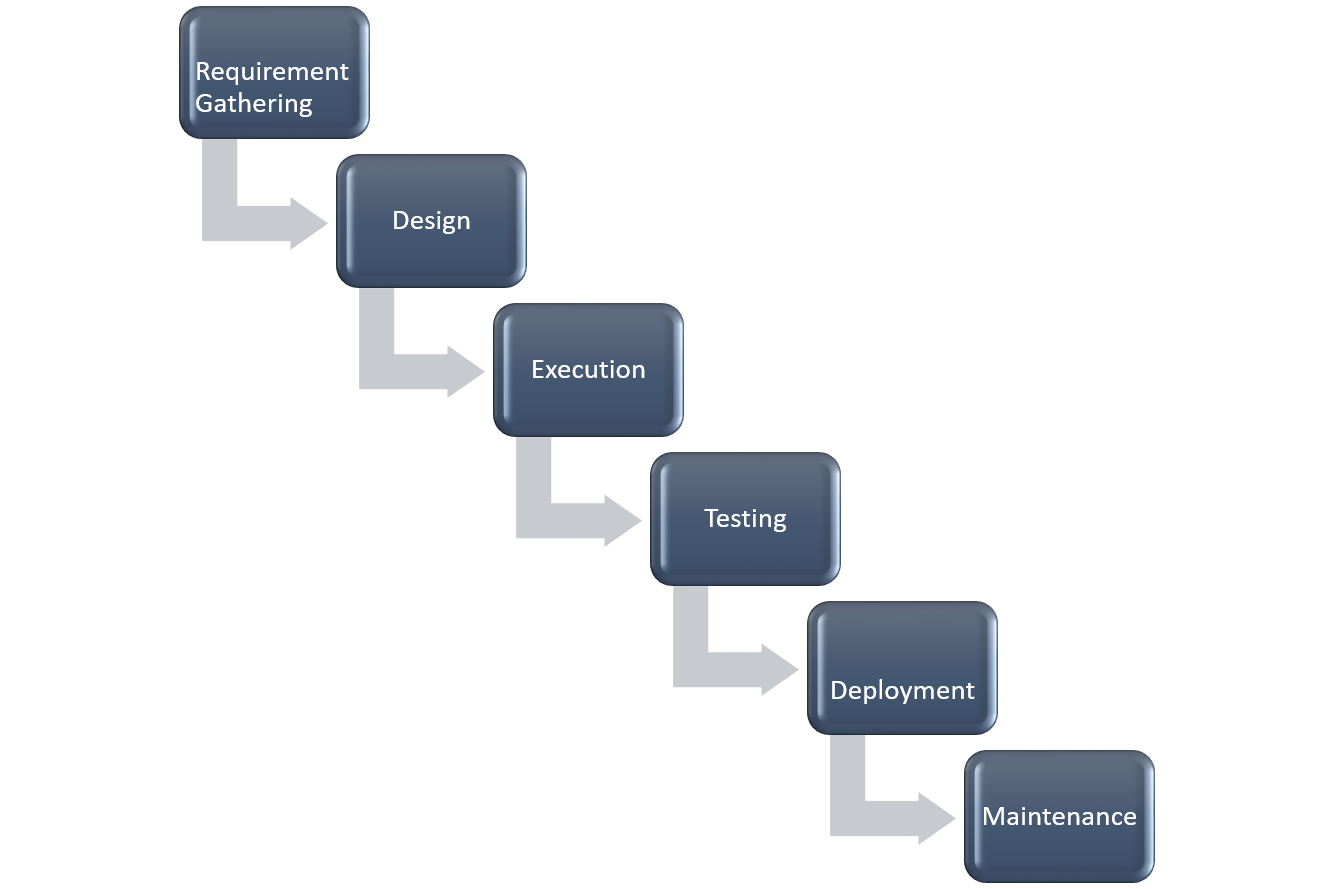Introduction to Software Testing
Software testing is a crucial part of the software development process that ensures the quality and reliability of a software product. It involves evaluating a program to identify and correct defects or issues, ensuring that it functions as intended. Testing is essential because it helps deliver software that meets user requirements and is free from errors that could lead to costly issues after deployment.
Now, let’s delve into various types of software testing along with examples for each:
1. Functional Testing:
Functional testing evaluates whether the software functions according to its specifications. It ensures that the software performs tasks as expected. An example of this is testing a calculator application to verify that addition, subtraction, multiplication, and division operations work correctly.
2. Non-Functional Testing:
Non-functional testing focuses on aspects other than functionality, such as performance, usability, and security. An example is load testing, which assesses how a web application performs under heavy traffic, helping identify performance bottlenecks.
3. Manual Testing:
Manual testing involves testers executing test cases without automation tools. For instance, a manual tester could explore a mobile app’s user interface, checking for any issues like misaligned buttons or broken links.
4. Automated Testing:
Automated testing uses scripts and testing tools to automate test cases. Selenium is a popular tool for web automation. It can run scripts to perform tasks like automated data entry and form submission on a website.

5. Unit Testing:
Unit testing evaluates individual components or units of code in isolation. An example is testing a function that calculates the area of a circle with various input values to verify its correctness.
6. Integration Testing:
Integration testing evaluates the interactions and connections among integrated components or modules. Consider a scenario where you’re testing the connection between a payment gateway and an e-commerce website to ensure successful transaction processing.
7. Regression Testing:
Regression testing verifies that new code changes don’t break existing functionality. For example, after adding a new feature to a word processing software, you would retest the existing features to ensure they still work as expected.
8. User Acceptance Testing (UAT):
In UAT, end-users validate if the software meets their requirements. For instance, a company’s employees might perform UAT on a newly developed HR management system to ensure it aligns with their specific needs.
9. Load Testing:
Load testing measures system performance under expected load conditions. Imagine a load test on an e-commerce website to determine how it handles hundreds of simultaneous user requests during a sale event.
10. Security Testing:
Security testing uncovers vulnerabilities and weaknesses within the software’s security measures. An example is a penetration test on a banking application to discover and fix potential security holes.
11. Compatibility Testing:
Compatibility testing ensures the software works on various devices and browsers. Testers might verify that a responsive website functions correctly on different browsers like Chrome, Firefox, and Safari.

12. Usability Testing:
Usability testing assesses the user-friendliness and overall user experience of the software. Testers could assess how easily users can navigate and perform tasks on a mobile app, providing feedback on its usability.
13. Exploratory Testing:
Exploratory testing involves testers exploring the application to discover defects without predefined test cases. It’s like a detective’s approach to uncovering unexpected issues during testing.
14. Smoke Testing:
Smoke testing is a quick test to determine if a build is stable enough for further testing. For example, after a software update, a smoke test ensures that the application starts without critical errors.
15. Alpha Testing:
Alpha testing is internal testing conducted by the development team. For instance, the software development team might perform alpha testing on an in-house project to identify and rectify issues before external testing.
16. Beta Testing:
Beta testing involves external users testing the software before its public release. Social media platforms often invite a select group of users to participate in beta testing to gather user feedback and fix bugs.

17. Performance Testing:
Performance testing evaluates how the software performs under specific conditions. An example is stress testing a video conferencing application to ensure it can handle a large number of participants without crashing.
18. Stress Testing:
Stress testing tests the software’s resilience under extreme conditions. You might stress test an e-commerce website by simulating a massive traffic surge to see how it copes.
19. Compatibility Testing:
Compatibility testing checks software compatibility with various environments. This might involve testing a mobile app on different versions of Android and iOS to ensure it works across a range of devices.
20. White Box Testing:
White box testing examines the internal code structure and logic. An example is code reviews or code analysis tools that help identify coding errors.
21. Black Box Testing:
Black box testing focuses on testing without knowledge of the internal code. For example, a tester might perform black box testing on a mobile game without any knowledge of its underlying code, assessing the game’s functionality and user experience.
22. Boundary Testing:
Boundary testing verifies that the system behaves correctly at its operational limits. It’s like testing the limits of an online shopping cart by trying to add an extremely high quantity of items to see how the system responds.
These are some of the key types of software testing, each serving a unique purpose in ensuring the software’s quality and reliability. By employing the right mix of these testing types, software development teams can deliver robust and dependable software products that meet user expectations.


